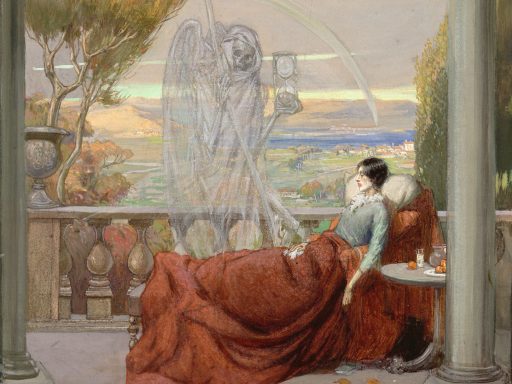
Tuberculosis has existed for thousands of years, and throughout its long history has been shrouded in myth and mystery.

Tuberculosis has existed for thousands of years, and throughout its long history has been shrouded in myth and mystery.
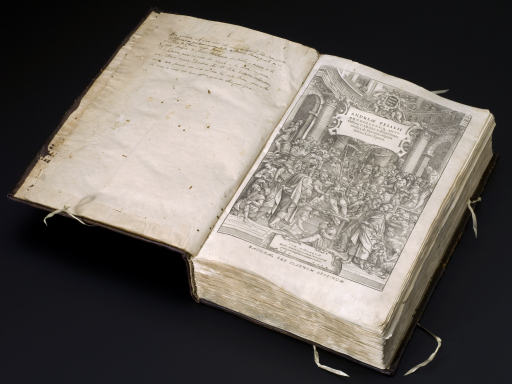
As she plans a pop-up display of six highlights from the Science Museum Library’s rare book collection, Wellcome Trust Research Fellow, Hannah Bower, reflects on what makes a ‘highlight’.

To celebrate International Wheelchair Day on the 1st March, Research Fellow Kay Nias explores the history behind what has arguably been the most important mobility device in history.
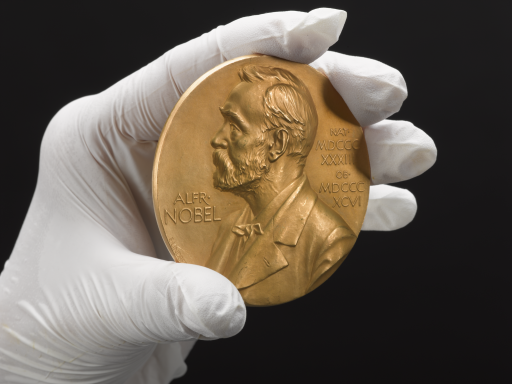
In the run up to the opening of our Medicine Galleries later this year, Roger Highfield reports on an unlikely story of how a road rage attack provided the secret of scientific success, leading to a Nobel Prize.
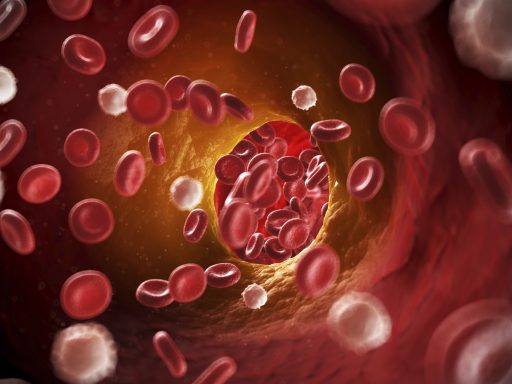
As part of our recent exhibition The Last Tsar: Blood and Revolution, rare disease expert, Dr Matthew Lumley, explains how the future is much brighter for people living with haemophilia today.
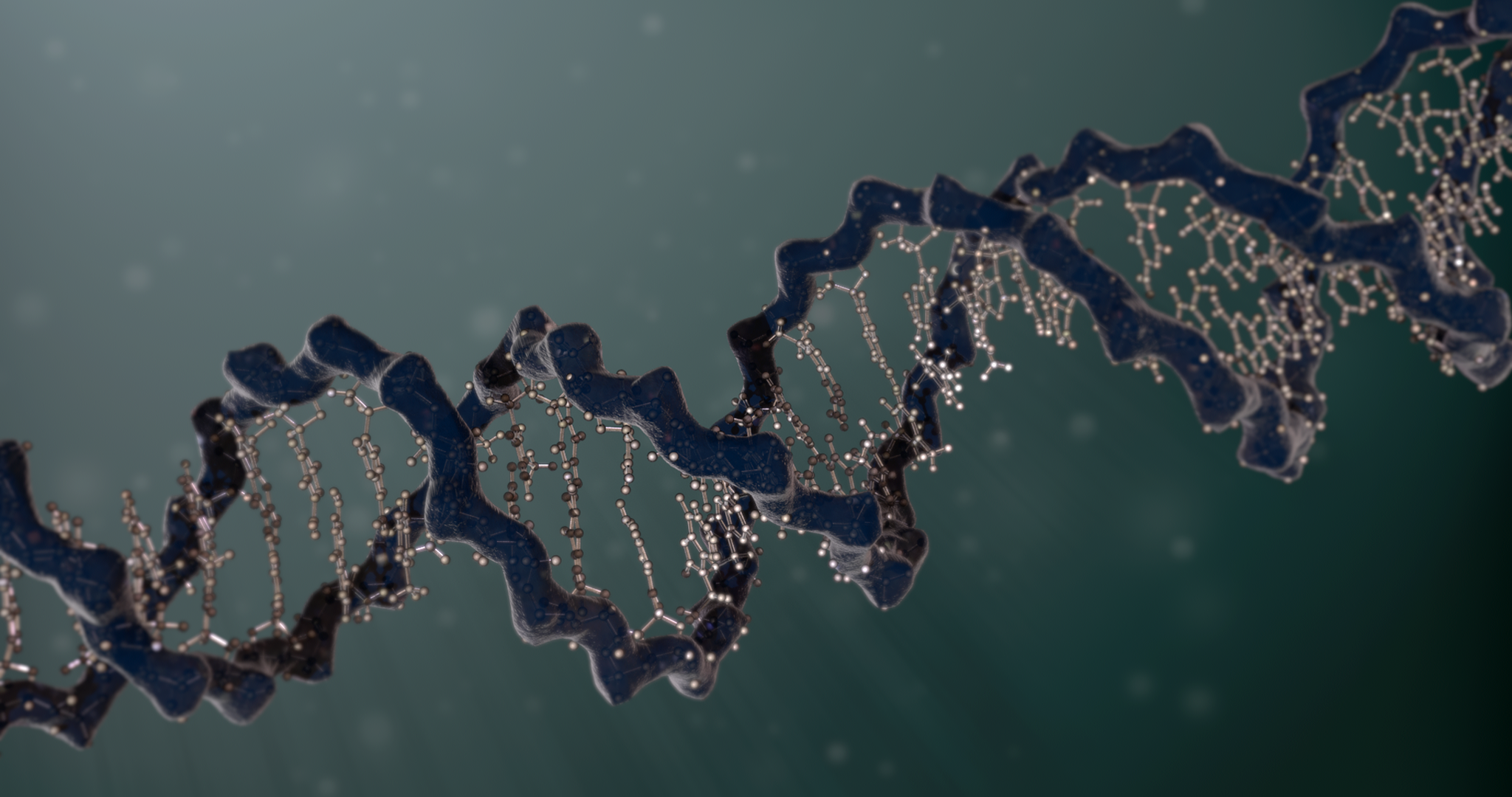
As the Science Museum prepares to open its £24m Medicine Galleries, Roger Highfield reports on a remarkable new insight into why everyone is different.
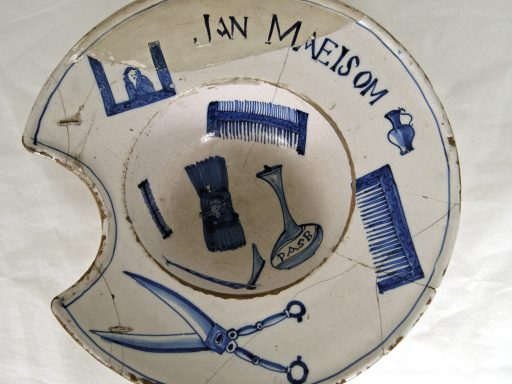
Conservator Marisa Kalvins has been busy restoring damaged objects set to go on display in our upcoming Medicine Galleries, including this 18th century shaving bowl. She reveals more about the intricate process and explains why repairs are important to an object’s history.

Having visited our exhibition The Last Tsar: Blood and Revolution, Luke Pembroke reflects on what it’s like to live with haemophilia today.
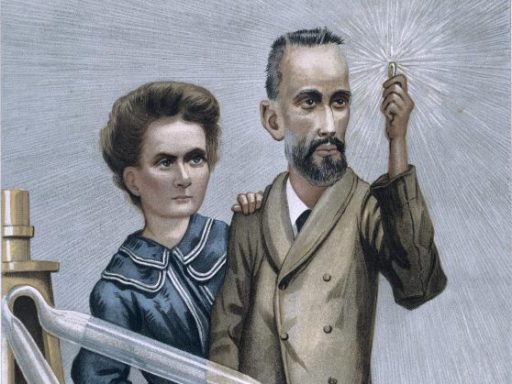
26 December 2018 marked the 120th anniversary of Marie and Pierre Curie’s announcement of a new element – radium. Associate Curator of Chemistry Rupert Cole explores the Curies’ discovery and its legacy.
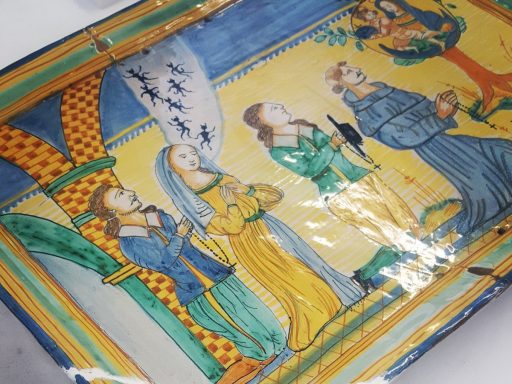
With less than a year before we open the doors to our brand new Medicine Galleries, we take a look behind the scenes to see what conservators Marisa and Adriana have been working on.

In 1918, as the First World War ended and peace celebrations began, a new enemy emerged – the Spanish flu.
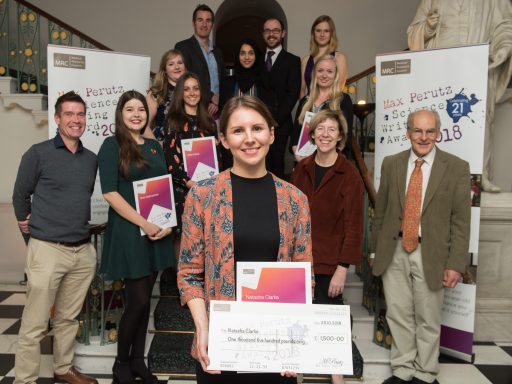
Roger Highfield, Director of External Affairs, announces the winners of the Medical Research Council’s annual Max Perutz Science Writing Award.